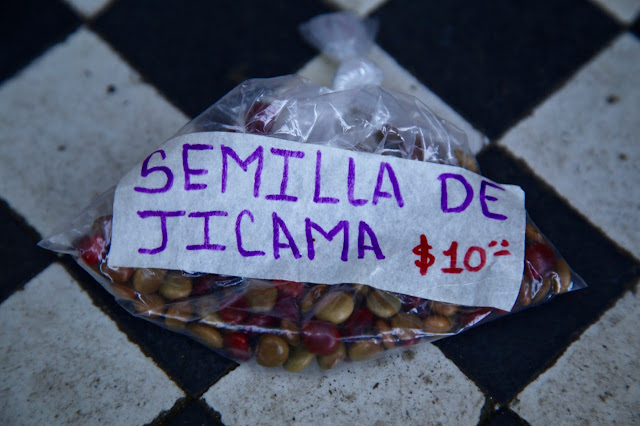The Almanac: a seasonal guide to 2018 by Lia Leendertz (unbound.com)
This tiny illustrated book is evocatively written by gardening foodie Lia Leendertz and published by the crowdfunded unbound.com run by John Michelson. It is a great stocking filler for keen cooks and gardeners. It seeks to emulate the traditional annual almanacs. Next year I'll be leafing through regularly to see the ingredient of the month, the moon phases, and planting and harvesting chores. I'm putting it on the shelf next to my back door.
January: "The countryside has a bare. beauty, all bones and hazes of purple and ochre in the low winter light, every last shred of green leaf having finally dropped"
A little History of British Gardening by Jenny Uglow (Chatto & Windus)
'Gardens are like a gate into history, but still with a link to the present.'
Although we don't have great summers in Britain, you can grow a surprising amount in our temperate climate. My parents have a garden in the south of France, and it's no end of a struggle to grow much more than cactus due to lack of water and sandy nutrient-free soil. In the UK we have water and soil and greenery in abundance.
This is a new edition of a book published ten years ago. So far I've only had time to have a brief look at this book which covers the relentless British passion for gardening since Roman times. This history looks at monastic gardens, Tudor mazes, the Diggers, the move to a more natural style in the 18th century, the plant treasures brought back from the empire, the fashion for lawns, the post-war allotments and so on, up to the present day with TV gardeners.
Despite the thorough academic research, the book remains an easy read.
In the back is a list of 250 British gardens to visit from the Iron Age to the Queen Elizabeth Olympic Park in London. I want to visit them all.
The Garden Farmer by Francine Raymond (Square Peg)
Beautiful book by Francine Raymond structured by months, starting with January and journeying through the year with gardening notes, craft ideas and recipes. The photographs by Sarah Cuttle are particularly lovely and her establishing shot of an apple tree surrounded by a curved bench in Francine's garden, changes with the seasons. Francine's specialism is poultry, detailed in her blog kitchen-garden-hens.co.uk. I've kept chickens for a brief time and would like to again. You can see the author's fashion background, she has an eye for style.
I'd love to do a similar book with my colleague Zia Mays but my agent always says that publishers hate books that cross categories, bookshops never know what shelf to put it under...gardening or cookery. This doesn't seem to have been a problem for Francine Raymond though.
Most gardeners grow food, therefore cook. Most cooks, if they have some outside space, are interested in what can be grown for their kitchen. For me the two subjects go together like love and marriage.
How to eat better: how to shop, store and cook to make any food a super food by James Wong (Mitchell Beazley)
I don't like this book as much as I like the first two by botanist Wong. This one concentrates on food which is interesting as long as he stays on the science of food. There are great tips for getting the most out of your plant-based foods, to boost the nutrients and vitamins. But the recipes, which I assume are ghosted, are less convincing.
I often buy plants on James Wong's recommendation: this year I've had success with a dwarf mulberry but less with a caviar lime plant.


































